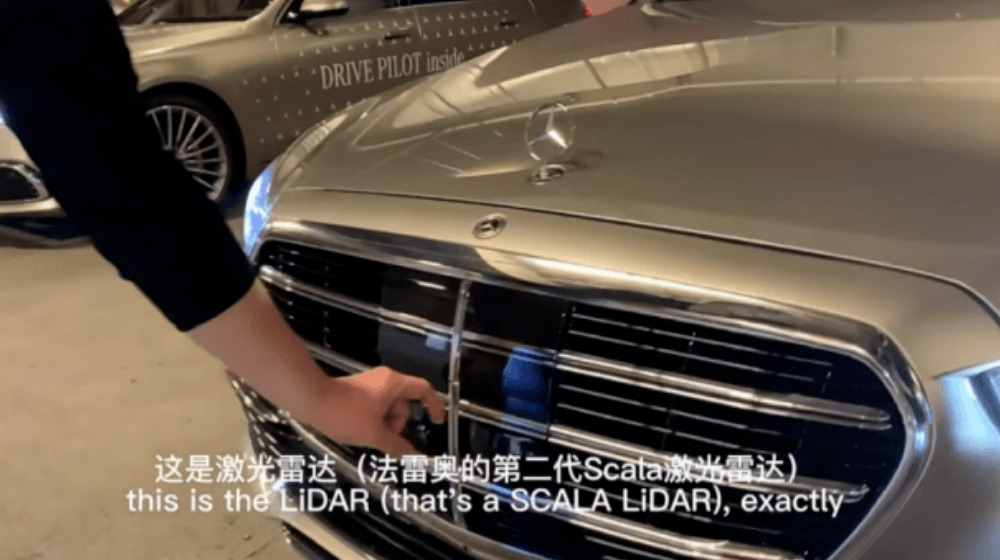Prospect of Chinese LiDAR Companies
Author: Release time:2022-12-30 08:16:09
While western LiDAR companies have declared bankruptcy, delisted, and merged to save themselves, Chinese LiDAR companies have not only achieved mass production of semi-solid-state LiDAR but also are trying a lot of innovations on LiDAR production.
According to the LiDAR 2022 – Focus on Automotive and Industrial released by Yole, The LiDAR market for automotive and industrial applications is expected to reach $6.3B in 2027 from $2.1B in 2021, with a 22% compound annual growth rate (CAGR) between 2022 – 2027. The automotive application will be the major driver for this growth. The automotive LiDAR market for 2027 is expected to reach $2.0B, from $38M in 2021. A total of 55 design wins have been announced since 2018. Robotic car applications will also drive the LiDAR market, with an expected value of $698M in 2027, from $120M in 2021.
What Differences?
Whether it is mass production or financing, the development of western LiDAR companies and Chinese LiDAR companies is very different, mainly due to the following reasons:
First of all, the automotive industry environment of western and Chinese LiDAR companies is different. China’s booming smart new energy vehicle market provides a fertile ground for smart driving.
Up to now, only eight models from 7 brands including Mercedes-Benz, Audi, BMW, Toyota, Honda, Volvo, and Volkswagen in western countries claim to be equipped with LiDAR. In contrast, there are more than 30 models in China that claim to be fitted with LiDAR.
Western OEMs generally take a cautious and conservative attitude toward LiDAR. Compared with the hot situation in the Chinese market, the number of LiDAR equipped on a single vehicle of western OEMs is generally 1, the number of models is small, and the time for mass production is late or unclear. In terms of supplier selection, western OEMs are also cautious about supplier selection, preferring those western manufacturers that started early, have mature supply chains, and mastered core technologies.

Secondly, in the systematic development model of western car companies, the development cycle of a new technology or new model is relatively longer. The certification process of western LiDAR manufacturers is long, with higher safety requirements in terms of final quality certification, slow progress in mass production, and cautious decision-making. Therefore, their projects and time plans lag behind Chinese LiDAR companies.
In China, with the implementation of urban navigation-assisted driving by many car companies, it has become an irresistible trend for LiDAR to be mass-produced to fit on the car. At present, some leading Chinese LiDAR companies have entered the delivery stage of cars fitted with LiDAR.
Thirdly, the progress of Chinese autonomous driving and vehicle intelligence is faster than that of western countries. Chinese OEMs have a higher acceptance of LiDAR and have announced that their new models will be equipped with LiDAR, which even becomes the standard configuration.
Fourthly, Chinese consumers are more tolerant of new equipment and new technologies. Chinese LiDAR companies also have the advantage of downstream demand in the local area, and their development environment is better than that of foreign markets. LiDAR has become the latest “label” of Chinese automobile intelligence. Traditional consumer electronics and industrial product OEMs are also entering the LiDAR track. On the one hand, further improvement of the process, including material optimization and even structural optimization, will help to quickly reduce the production cost of the whole machine; on the other hand, the good development prospects may attract stronger upstream suppliers to join, and make the localized supply chain system more complete, also solves the worries of car companies.
Choice of Technical Route
The development of LiDAR technology has reached the point where it can be mass-produced, but foreign LiDAR companies have not caught the rhythm of mass production. At present, the LiDAR industry is still in the development stage of technological iteration, and mass production needs to fully meet three conditions: performance, reliability and cost.
In the past few years, LiDAR was in the stage of mechanical LiDAR. Not only did the product not meet the vehicle regulations and could not be used on the car, but the cost was very high and mass production could not be carried out. Western LiDAR companies started early. Due to unresolved key technical issues, mass production was delayed. When car companies placed orders for them, they were unable to deliver. The financial statements look terrible, so various problems occurred.
However, Chinese LiDAR companies have a correct judgment on the technical route, and their products are competitive enough to be mass-produced and landed quickly. At the same time, they have a stable operation, a clear business model, and rapid response and service capabilities.
China has formed a strong industrial chain ecosystem through large-scale mass production in the field of LiDAR and together promotes the rapid development of China’s LiDAR industry.
The progress of Chinese cars is faster in fitting with LiDAR, and the penetration rate of Chinese LiDAR is increased first while stimulating opportunities in the industrial chain. With the continuous increase of Chinese LiDAR loading volume, it is expected to occupy a favorable position in the automotive LiDAR market and promote the development of Chinese LiDAR industry chain enterprises.